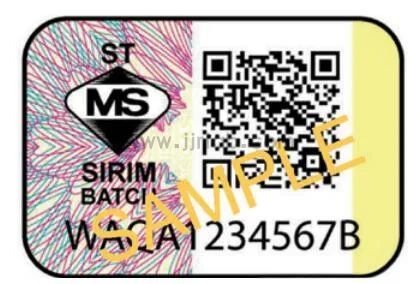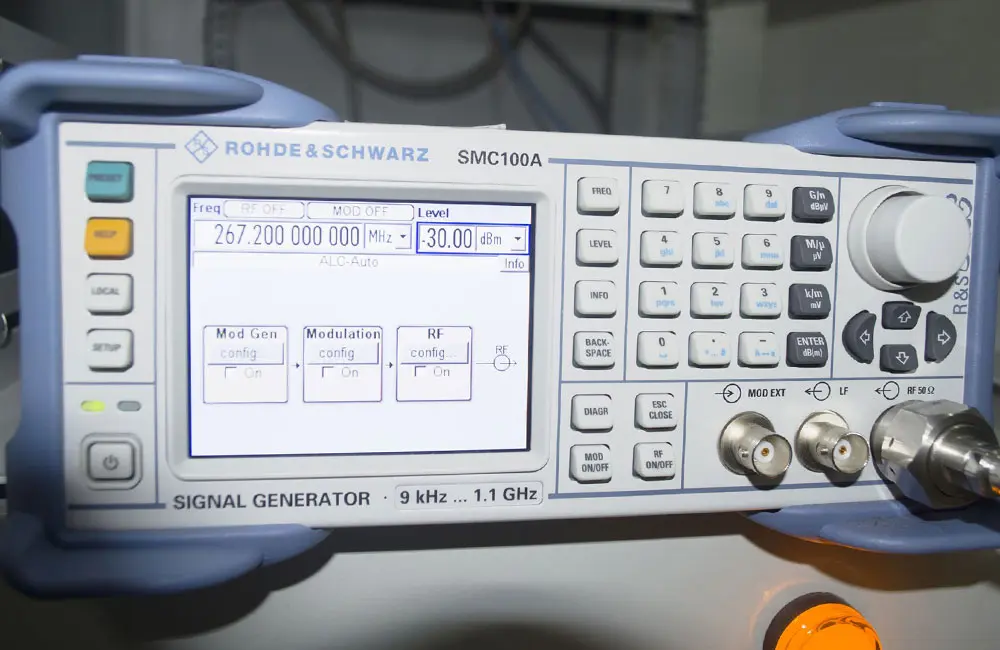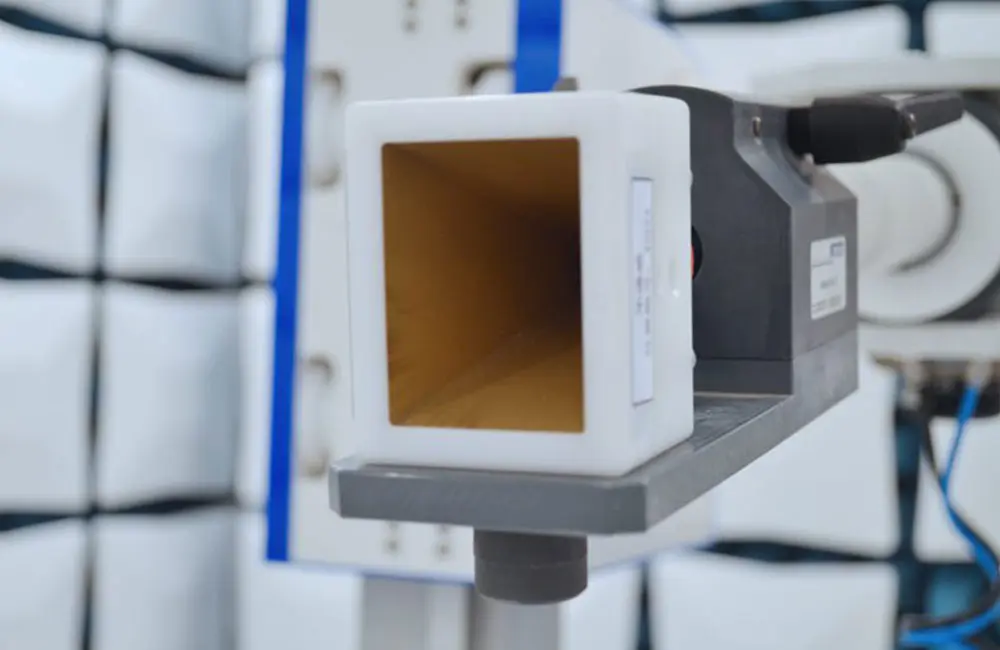
The Differences Between CE-EN71 and CPC Certification
For the same toy product, exporting to the EU requires CE-en71 certification, while entering the US market requires CPC Certification.
China JJR Laboratory will help you analyze the core differences between the two certifications so you can accurately avoid cross-border trade risks!
Essential Differences Between CE-EN71 Certification and CPC Certification
1. CE-EN71 Certification (EU Market)
① Legal Nature:Mandatory EU safety certification, a specialized standard under the CE certification framework.
② Applicable Products:Toys and children’s products (e.g., building blocks, dolls, ride-on toys).
③ Core Standards:
a. EN71-1: Physical and mechanical safety
b. EN71-2: Flammability
c. EN71-3: Migration of certain heavy metals
2. CPC Certification (US Market)
① Legal Nature:Conformity declaration required by the U.S. Consumer Product Safety Commission (CPSC).
② Applicable Products:Children’s products for ages 12 and under (including toys, cribs, walkers, etc.).
③ Referenced Standards:
a. ASTM F963: Toy safety
b. CPSIA: Lead and phthalate content limits
JJR Interpretation:CE is the EU’s “safety passport,” while CPC is the US’s “compliance statement.” Both differ in legal effect but are prerequisites for market access.
Testing Requirements Comparison
1. Physical Safety Testing
① CE-EN71:Focuses on small-part choking hazards, sharp edges, cord length, and other EU-specific requirements.
② CPC:Emphasizes drop tests, kinetic energy calculation for projectile toys, and other US-specific items.
2. Chemical Substance Restrictions
① CE-EN71:Controls 19 types of migratable heavy metals (EN71-3).
② CPC:Strictly limits lead (≤100 ppm) and phthalates (≤0.1%) per CPSIA requirements.
3. Special Requirement Differences
① CE-EN71:Requires assessment of toy noise levels.
② CPC:Must include tracking labels (traceability) and registration for durable infant products.
Certification Process Differences
CE-EN71 Certification Process
1. Laboratory testing
2. Sign the Declaration of Conformity (DOC)
3. Affix CE marking
Key Point:Exporters or e-commerce sellers must have an eu authorized representative (EU Rep).
CPC Certification Process
1. Third-party laboratory testing
2. Generate CPC document
3. File with Amazon/customs
Key Point:Must be signed by a US-based manufacturer or importer.
Common Misconceptions
Misconception 1:“A CE report can be directly used for CPC certification.”
Fact:The two use different standard systems and require separate testing (e.g., EN71-3 in the EU and ASTM F963 in the US have significant chemical testing method differences).
Misconception 2:“CPC certification is the same as CPSC Certification.”
Fact:CPC is a self-declaration document by the company; CPSC is the regulatory authority.
Misconception 3:“A product without an age label can avoid certification.”
Fact:EU and US regulators can infer applicable age based on product design.
China JJR Laboratoryprovides professional and efficient CE-EN71 and CPC certification services, helping enterprises quickly enter both the EU and US markets. With a single round of testing, we can meet both EU EN71 and US ASTM requirements, saving you time and cost.
We also provide china ccc; EU CE, RoHS, REACH, EN 71; US FCC, UL, CPSIA, California Proposition 65; japan pse; Korea KC; Australia and New Zealand RCM; China SRRC; EU RED; US fcc id; Canada ISED; Japan MIC; Korea KCC; US CPC; UK ukca; Russia EAC; Korea KC; India BIS, WPC; Singapore IMDA, PSB; and more.
Email:hello@jjrlab.com
Write your message here and send it to us
 SIRIM and MEPS Certification for Fans in Malaysia
SIRIM and MEPS Certification for Fans in Malaysia
 U.S. CPSC Water Bead Toy Compliance Requirements!
U.S. CPSC Water Bead Toy Compliance Requirements!
 Food Contact Materials (FCM) Regulation
Food Contact Materials (FCM) Regulation
 How to get Certification Compliance for Lithium Ba
How to get Certification Compliance for Lithium Ba
 LED Lighting Safety Testing Service Laboratory
LED Lighting Safety Testing Service Laboratory
 LED Lighting EMC Testing Service
LED Lighting EMC Testing Service
 EU REACH Compliance Testing Services
EU REACH Compliance Testing Services
 Electronic and Electrical Reliability Testing Serv
Electronic and Electrical Reliability Testing Serv
Leave us a message
24-hour online customer service at any time to respond, so that you worry!




